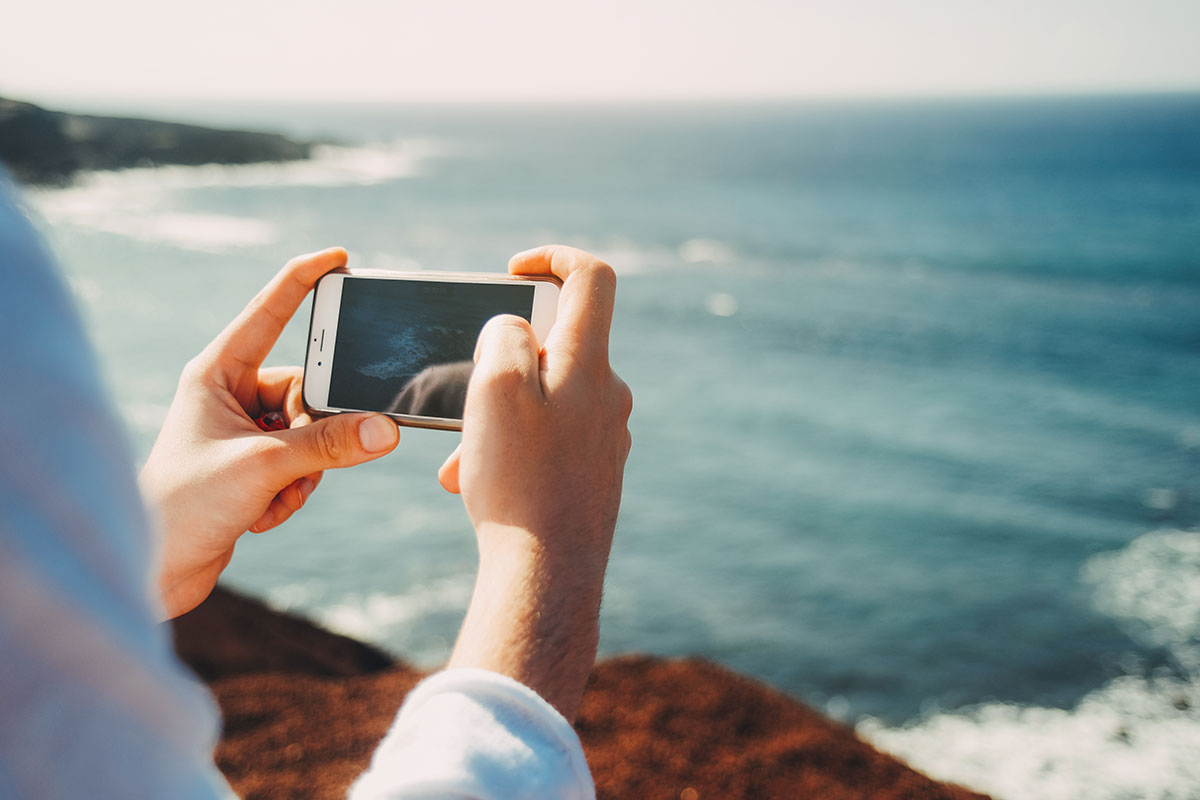The Widget Blog
This is a sticky on top of everything else in this blog. To edit or delete it, just navigate to it in the File Manager.
Click the New Post Action to create a new blog post, and choose between a Fragment, YouTube Clip, or Podcast, for your post. See Content Types in the User Guide for more on these options.
Videos as Web Pages
If you have a FirstVirtualMeeting subscription, it is even easier: just create the FVM page and select any live or archived video in the File Manager - it always keeps a current list of the videos you have ownership to.
FirstMagic Widgets
FirstMagic Widgets are small web apps you can install in the Menu, Sidebar, or SiteFooter of the site, to add special features to your pages - like Social Media functions, various Google Services, and so on.
One example is the Twitter feed in the Blog Sidebar; you can change the feed by going to the Sidebar container and open it - then point the URL inside to a different Twitter page.
Another example is the four Homepage buttons: it is a Widget attached to the Homepage that lists the four newest Web Pages in the Layout you point it to. It will also grab the first image inside those pages and use as buttons.
Widgets can be attached to any page or number of pages.
A Note About Images
 You can publish images in
many ways: embedded in the text flow, displayed as slideshows, in
galleries, or in lightboxes.
You can publish images in
many ways: embedded in the text flow, displayed as slideshows, in
galleries, or in lightboxes.
To embed an image,
upload it directly into the text flow by clicking the Up Arrow in
the Editor Toolbar (if you do this on a smartphone, it will grab
a picture right off the camera and insert it into the text
automatically).
Use the Image dialog in the toolbar to resize your image, or to make it clickable. The text alignment tools in the Editor Toolbar aligns it with the flow of your content - just like in any Office program.
Previously uploaded images appears as thumbnails in the File Manager if you click the Edit button there, and clicking a thumbnail inserts the image in the text flow at the caret position.
For the Site Owner, the
thumbnails list will also display all images in the Website
Library. The advantage of picking images from the library instead of
directly off the page, is that URLs will be static -
an image URL will not change if you change the URL of the
page. This makes rearranging the website easier later, as you won´t have
to update image URLs if you ever move a page somewhere else.
How to make a slideshow
Name the images with the
prefix slide_ [slide_mypicture.jpg], and upload
them as attachments instead of injecting them into the text. They will
generate a slideshow automatically. The order of the slides will be the
order you uploaded them in, with the newest one first.
How to make a Lightbox
Upload the images into the
text area, then add links to each image, pointing to the image itself. The
URL will always be pagename/imagename. When a
visitor clicks any image that is linked up this way, a lightbox
pops up with navigation buttons. The lightbox will display all images
that are grouped together (if you have five images with text between image
two and three, you get two light boxes - one with image 1 and 2 in it, and
one with images 3, 4 and 5 in it). Note that you cannot test the
lightbox while signed into the page it is on as Owner (this would make it impossible to
edit it).
How to make a Gallery
Create a
Gallery Layout from the File Manager Picker, and upload
your images directly into it. A Gallery Layout will format the image for
you, will display Exif data and Sharing buttons, and, since the images are
not embedded in a document, they will be sortable.
About The Sidebar
 Drop anything in the Sidebar: images, uploads, Calendars,
Widgets, Documents, Blogs, Podcasts...
Drop anything in the Sidebar: images, uploads, Calendars,
Widgets, Documents, Blogs, Podcasts...
A Layout here becomes a list of links to whatever is inside it,
while Web Pages displays in their entirety. The Sidebar is also a
good place for Widgets - click the Picker in the File Manager for a
list of available Widgets.
Note that Widgets will only display
when the Sidebar actually is a Sidebar. If you use the Sidebar as
a Footer, it will only display Documents and Layouts. If so,
create Widgets into the SiteFooter Container instead.
